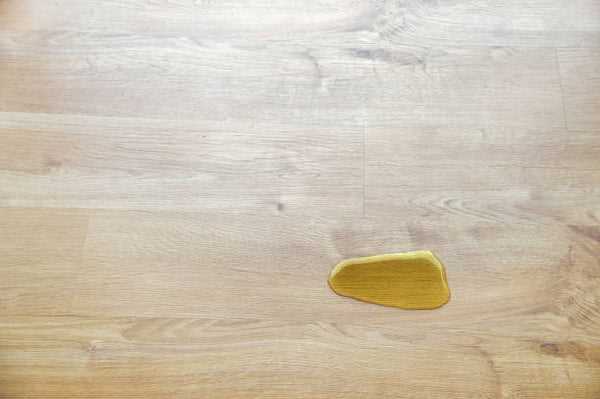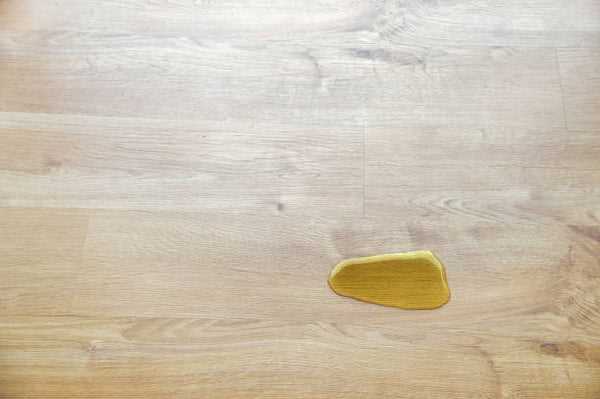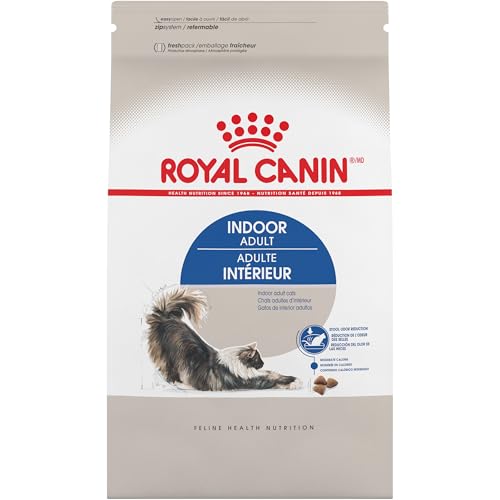



First, grab some baking soda. It’s a natural deodorizer that can absorb unpleasant scents effectively. Sprinkle a generous amount over the affected area and let it sit for a few hours, preferably overnight. This will give it enough time to work its magic.
Next, mix equal parts of white vinegar and water in a spray bottle. Lightly mist the solution onto the area, ensuring it is damp but not soaking wet. Vinegar has remarkable properties that neutralize odors. Allow it to air dry, as this will help eliminate any lingering fragrance.
If the issue persists, consider using enzymatic cleaners specifically designed for organic stains. These products break down odor-causing compounds at a molecular level, providing a thorough solution. Follow the manufacturer’s instructions for the best results.
Finally, ensure proper ventilation in the area. Open windows or use fans to circulate air. Fresh air can significantly help in dissipating any remaining unwanted scents.
Tips for Eliminating Unpleasant Odors from Wooden Surfaces
First, grab a bottle of white vinegar and mix it with an equal part of water. Dampen a cloth with this solution and wipe the affected area thoroughly. The acidity of vinegar neutralizes odors effectively.
Next, sprinkle baking soda over the dampened spot. Let it sit for several hours or overnight. Baking soda absorbs lingering odors, making it a great ally in the fight against unwanted scents.
Using Enzymatic Cleaners
Consider using an enzymatic cleaner specifically designed for tackling organic stains. Apply it according to the instructions on the bottle, ensuring that it penetrates the wood fibers. This type of cleaner breaks down odor-causing substances at a molecular level.
Sealing the Surface
If the odor persists, applying a sealant can lock in any remaining scents. Choose a sealant suitable for wood and follow the application guidelines. This step will help protect your surface and keep future odors at bay.
Identify the Area Affected by Cat Urine
To tackle this issue, I always start by locating spots where my mischief might have led to an unwanted situation. Look for visible stains or discoloration on the surface. If the area feels damp or sticky, that’s a strong indicator. Use a black light to reveal hidden spots; it works wonders in illuminating areas that may not be immediately noticeable.
Once identified, mark those areas for treatment. Take note of the surrounding environment, as some materials can absorb odors more than others. If the scent lingers, check adjacent surfaces as well. It could be that nearby areas have absorbed some of that unwanted aroma.
Testing the Surface
Before applying any cleaning solution, conduct a small test on a hidden section of the wood. This helps ensure that the cleaning method does not damage the finish. If you’re unsure, consider using a best pressure washer nozzle for car detailing to carefully clean the affected areas without causing harm.
Identifying the precise spots allows for targeted action, leading to a fresher home environment. Keeping an eye on high-traffic areas can help prevent future incidents too!
Choose the Right Cleaning Solution for Wood

Enzymatic cleaners work wonders on wooden surfaces affected by unpleasant odors. These products break down organic matter, neutralizing the source of the problem effectively. Look for those specifically designed for porous materials, as they penetrate deeply into the grain.
Natural Alternatives
For a DIY approach, a mixture of vinegar and baking soda can be quite beneficial. Combine equal parts of white vinegar and water in a spray bottle, then sprinkle baking soda over the targeted area. After applying the vinegar solution, let it sit for a few minutes before scrubbing gently with a soft cloth. This combination helps lift lingering odors while remaining gentle on the surface.
Commercial Options
In addition to enzymatic cleaners, consider oxygen bleach solutions. These are safe for wood and can effectively tackle stubborn residues. Always follow the manufacturer’s instructions and perform a spot test in an inconspicuous area before full application to ensure no damage occurs.
Apply the Cleaning Solution Properly
Before using any cleaning mixture, ensure the area is dry. I suggest using a spray bottle for even distribution; this helps in covering all affected spots without soaking the surface. Spray lightly and avoid puddles, as excess liquid can damage the finish.
Technique Matters

Work in sections, applying the solution and gently agitating with a soft cloth or sponge. Avoid scrubbing too hard to prevent scratching. Rinse the cloth frequently to avoid reapplying contaminants. After a thorough application, let it sit for the recommended time to allow the ingredients to neutralize odors.
Final Touches
Once the time is up, wipe down the area with a clean, damp cloth to remove any residue. Ensure the surface is completely dry afterward. For persistent odors, repeating the process may be necessary. Always follow up with a gentle polish to maintain the wood’s appearance.
Neutralize Odors with Natural Remedies
I recommend using baking soda as a powerful agent to combat unwanted aromas. Sprinkle it generously over the affected areas, let it sit for several hours or overnight, then vacuum it up. This method helps absorb lingering scents effectively.
Citrus Solutions
Mix equal parts of water and fresh lemon juice in a spray bottle. Lightly mist the area, ensuring not to saturate the surface. The natural acidity in lemon neutralizes unpleasant odors while leaving a refreshing fragrance behind.
Vinegar Magic
Combine one part white vinegar with one part water in a spray container. Apply it to the surface, allowing it to air dry. Vinegar is excellent at breaking down odor-causing compounds without harming the finish of your furniture.
Prevent Future Incidents on Wood Surfaces
To keep my favorite spots safe, I suggest a few strategies.
- Regularly clean areas where I hang out, using gentle cleaners to avoid damage.
- Utilize deterrents like citrus sprays or commercial pet repellent products to discourage unwanted habits.
- Designate specific areas for my needs, such as placing litter boxes in convenient locations.
- Invest in high-quality scratching posts to redirect my attention from furniture.
- Encourage positive reinforcement with treats when I use the litter box correctly.
Monitoring my behavior and making adjustments can significantly reduce the likelihood of mishaps.
Consider placing mats or rugs around high-risk areas for extra protection. They can absorb accidents and are easier to clean.
Lastly, regular vet check-ups ensure I’m healthy, which can help maintain good habits.
Know When to Seek Professional Help
If persistent odors linger despite thorough cleaning, it’s wise to consider bringing in experts. Professionals have access to specialized tools and solutions that can eliminate remnants missed during DIY attempts.
Evaluate the extent of the problem. If the affected areas are extensive or deeply embedded, calling for assistance can save time and stress. Additionally, if the surface material is damaged or if the odor impacts multiple rooms, it’s best to consult specialists.
In some cases, underlying issues such as mold or structural damage may contribute to the problem. Experts can identify these underlying factors and address them effectively. If you’re unsure about the severity of the situation, seeking guidance from a professional can provide peace of mind.
Before making a decision, consider your own cleaning efforts. If you’ve tried various methods without success, it might be time to let professionals take over. They can ensure a thorough assessment and provide tailored solutions.
For those concerned about their furry friends, maintaining a healthy environment is crucial. While you’re at it, check out this link for the best oral flea treatment for cats without vet prescription to keep them happy and healthy.
| Signs You Need Help | Possible Solutions |
|---|---|
| Persistent odor after cleaning | Seek professional cleaning services |
| Extensive damage to surfaces | Consult restoration experts |
| Health concerns for pets or humans | Contact environmental specialists |










